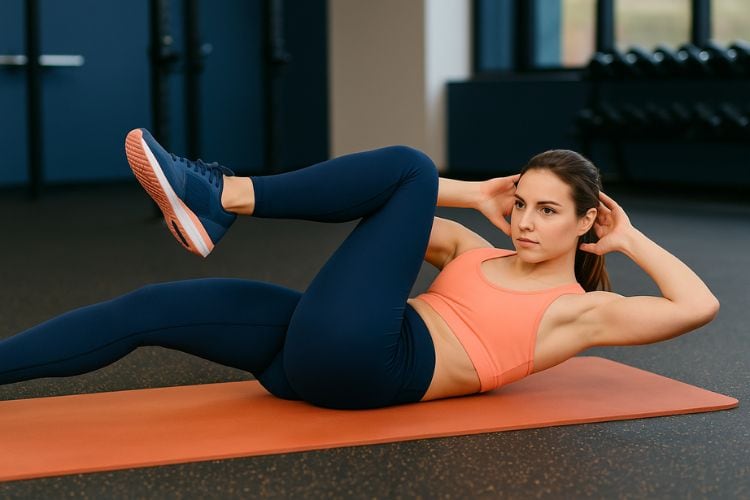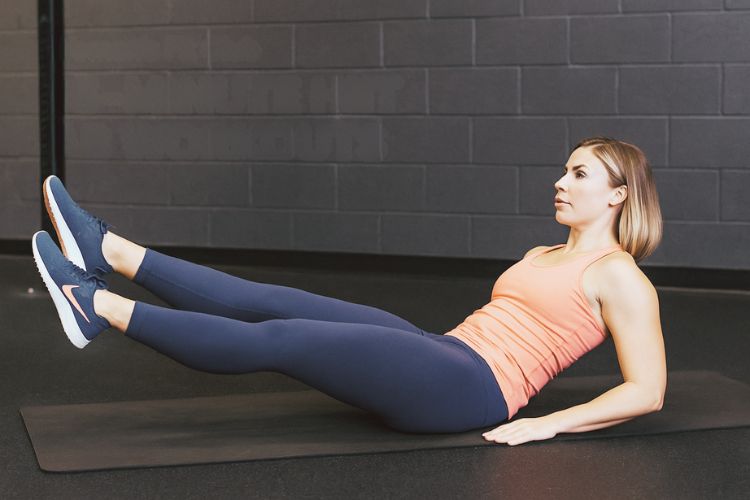Sign up for workout ideas, training advice, reviews of the latest gear and more.





High-Intensity Interval Training (HIIT) has taken the fitness world by storm, and for good reason — it delivers fast results in minimal time. The beauty of bodyweight HIIT circuits is that you can torch calories, strengthen muscles, and boost your cardiovascular fitness without any equipment. Whether you’re at home, traveling, or at the park, a 30-minute bodyweight HIIT workout can help you burn fat, tone your body, and improve endurance.
This guide will break down the benefits of bodyweight HIIT circuits, give you a step-by-step 30-minute workout plan, and share tips to maximize your results.
A bodyweight HIIT circuit workout is a training method that alternates short bursts of intense exercise with brief recovery periods, cycling through a series of exercises that target the entire body. The “circuit” means you perform multiple movements in a sequence before resting, and “bodyweight” means you use your own weight for resistance instead of dumbbells or machines.
These workouts are designed to keep your heart rate elevated, boosting your metabolism for hours after you finish — a phenomenon known as Excess Post-Exercise Oxygen Consumption (EPOC), or the “afterburn effect.”
A short, intense session of bodyweight HIIT delivers a wide range of benefits:
With your heart rate soaring during each high-intensity interval, you burn more calories in 30 minutes than many longer workouts.
The afterburn effect keeps your metabolism elevated for up to 24 hours after your workout, helping with fat loss.
HIIT challenges your heart and lungs, increasing your endurance and cardiovascular efficiency.
Bodyweight moves like push-ups, squats, and planks strengthen muscles while improving functional fitness.
Dynamic movements and multi-joint exercises enhance range of motion, reducing injury risk.
A 30-minute HIIT circuit is quick, effective, and perfect for busy lifestyles.
The key to an effective 30-minute bodyweight HIIT circuit is balancing intensity with recovery. Here’s the structure:
Before diving into the circuits, a proper warm-up increases blood flow, activates your muscles, and preps your joints.
Warm-Up Routine:
These moves build lower-body strength and explosiveness.
1. Jump Squats (40 seconds)
Stand with feet shoulder-width apart, squat down, then explode upward, landing softly and immediately going into the next rep.
2. Reverse Lunges (40 seconds)
Step one leg back into a lunge, keeping your front knee over your ankle. Alternate legs.
3. Lateral Skater Jumps (40 seconds)
Leap side-to-side like a speed skater, landing softly on each foot.
4. Glute Bridge March (40 seconds)
Lie on your back, lift hips into a bridge, and alternate lifting each foot while keeping hips raised.
Repeat the circuit twice with 20 seconds rest between exercises.
Engage your chest, shoulders, arms, and abs.
1. Push-Ups (40 seconds)
Maintain a straight body line, lower your chest to the ground, and press back up. Modify by dropping to your knees if needed.
2. Plank to Shoulder Tap (40 seconds)
From a plank, tap one shoulder with the opposite hand, alternating while keeping hips steady.
3. Triceps Dips (40 seconds)
Use a sturdy chair, step, or floor to perform dips, bending elbows to lower and pushing back up.
4. Mountain Climbers (40 seconds)
From a plank position, drive knees toward your chest quickly, alternating legs.
Repeat the circuit twice with 20 seconds rest between exercises.
End with high-energy moves to maximize calorie burn.
1. Burpees (40 seconds)
Squat down, jump feet back into plank, jump forward, and explode upward.
2. High Knees (40 seconds)
Run in place, driving knees up to hip height as fast as possible.
3. Plank Jacks (40 seconds)
From a plank, jump feet apart and together, keeping core tight.
4. Jump Lunges (40 seconds)
Lunge with one leg forward, then jump and switch legs mid-air. Modify by stepping instead of jumping.
Repeat the circuit twice with 20 seconds rest between exercises.
Finish by lowering your heart rate and stretching key muscle groups.
Cool-Down Routine:
Proper technique prevents injury and ensures you’re working the right muscles.
During work intervals, give it your all — you should be breathless by the end of each round.
If you’re a beginner, increase rest to 30–40 seconds; if advanced, shorten it to 10–15 seconds.
Record reps completed or distance covered to measure improvement over time.
Aim for 3–4 HIIT sessions per week for optimal results.
Most people benefit from doing bodyweight HIIT 3–4 times per week, allowing recovery days in between. On rest days, focus on light activities like walking, yoga, or stretching.
Fueling your body properly will help you recover faster and see results sooner.
A 30-minute bodyweight HIIT circuit workout is an efficient, equipment-free way to burn calories, build muscle, and boost endurance — all in the comfort of your home or wherever you have space to move. By combining lower body, upper body, and full-body cardio moves into a high-intensity format, you challenge every muscle group and keep your metabolism firing for hours.
Whether you’re a beginner or seasoned athlete, this routine can be adapted to your fitness level and schedule. Commit to it a few times per week, pair it with balanced nutrition, and you’ll see noticeable improvements in your strength, stamina, and body composition.
Want more workout and video guide?
Follow us on Pinterest, Facebook, and Subscribe to our Newsletter and Stay tuned for FREE downloads of our App coming soon!
Stay up to date on the latest women’s health, fitness and lifestyle trends and tips.